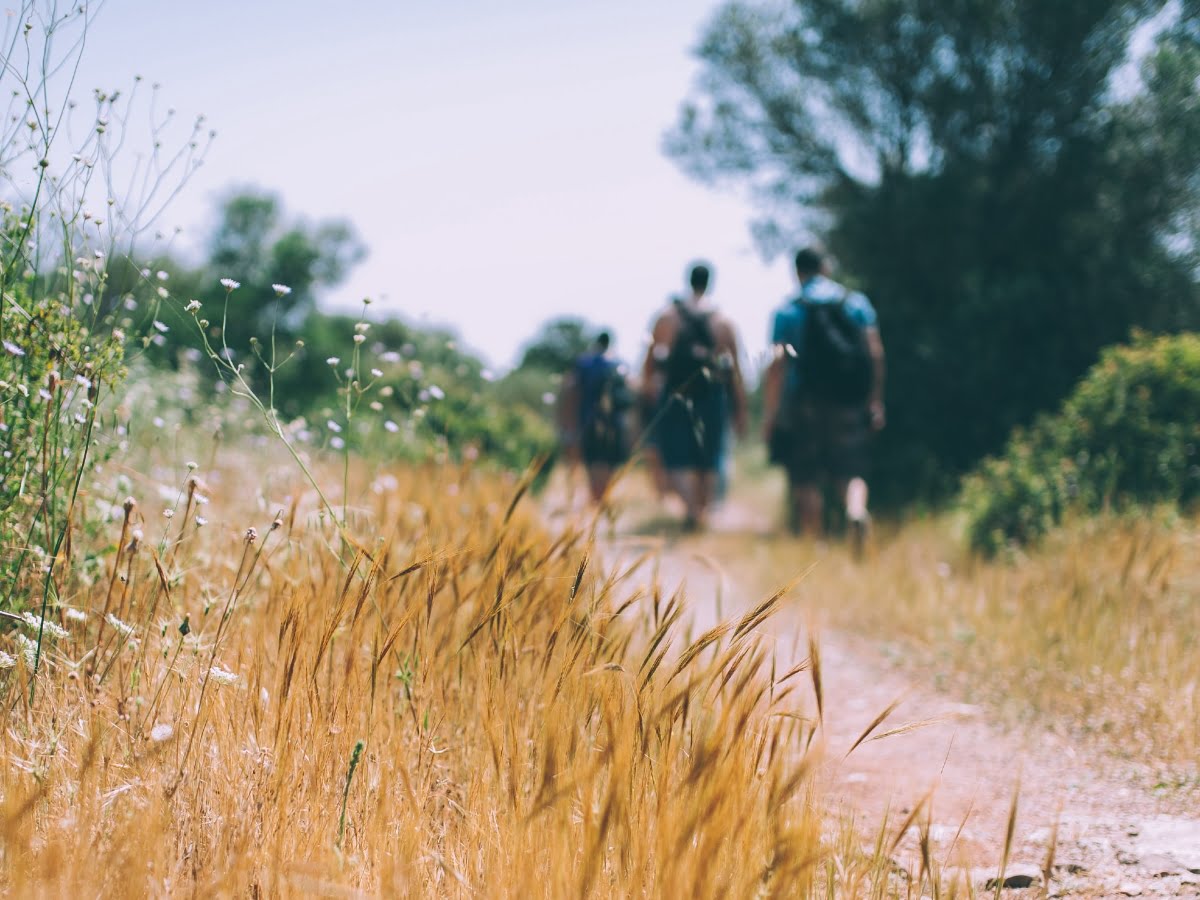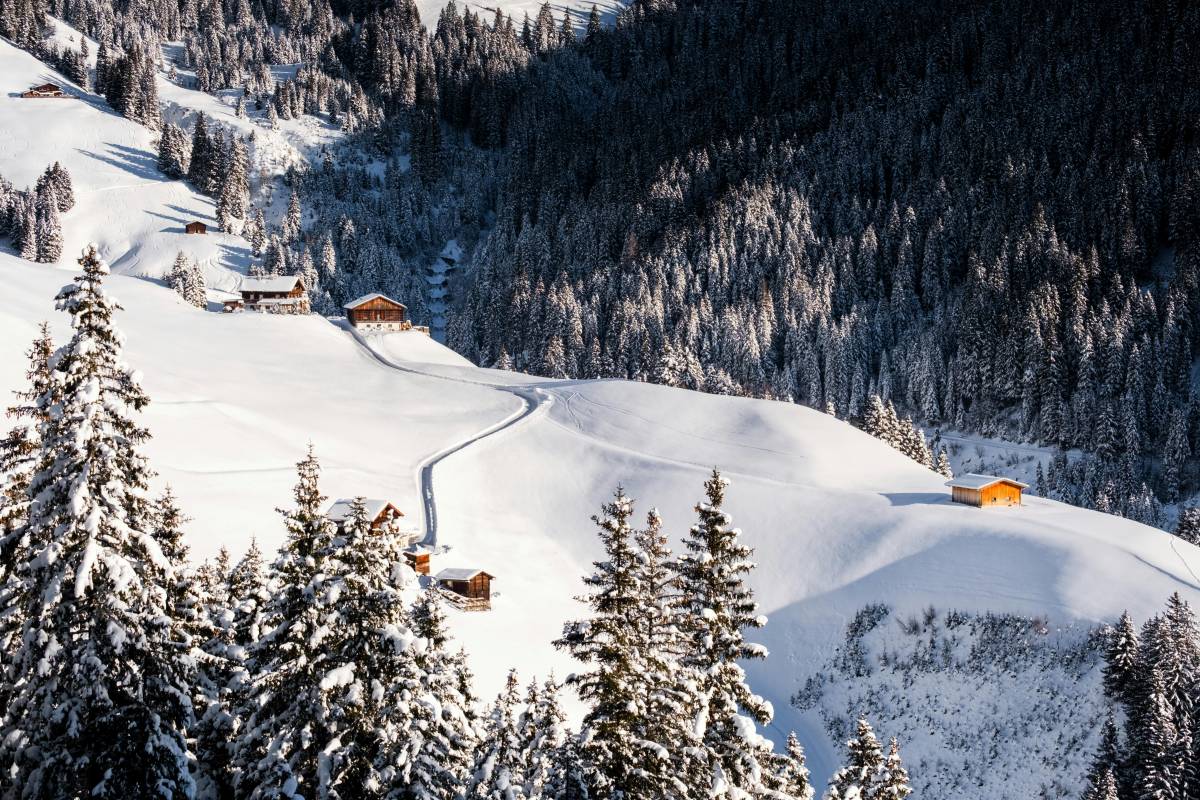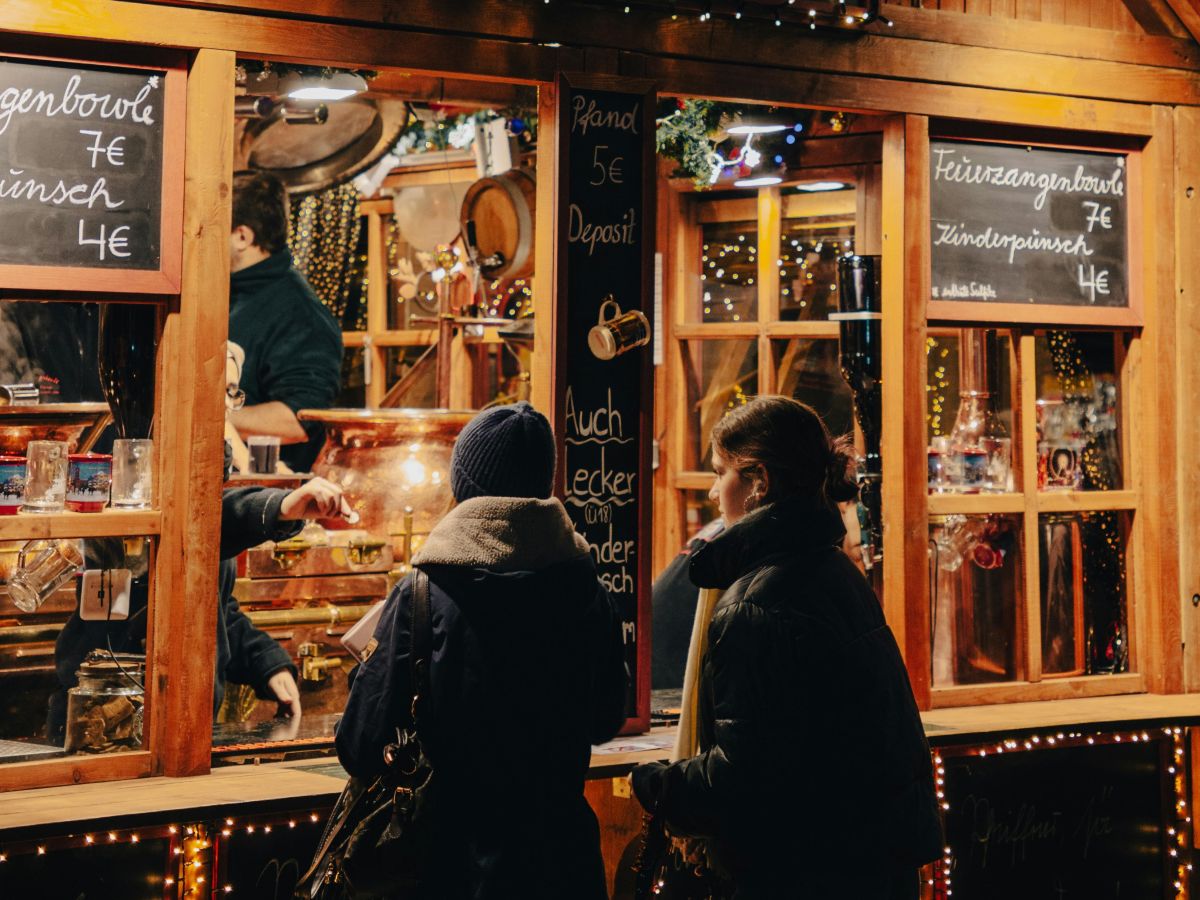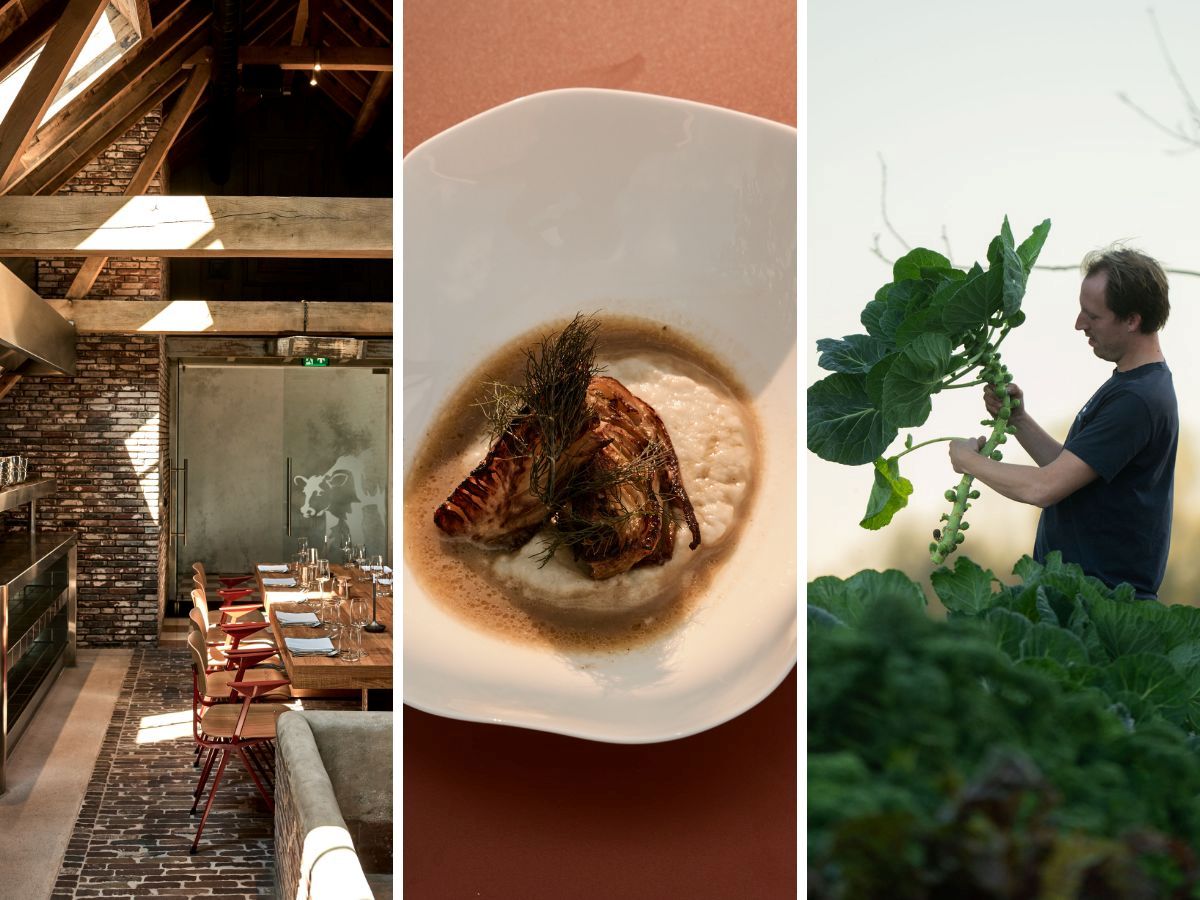When it comes to holidays, many people go into a climate limbo. But going on holiday can be really nice and sustainable. Would you like to go on a green holiday (too) this year? Then consider a sustainable walking holiday in the Netherlands! You travel under your own steam from A to B, are super-aware of your surroundings and get to know them in a slow way. A walking holiday in the Netherlands or its surroundings is thus an incredibly fun way to discover a destination close to home. Our sustainable travel expert Amy went before you. Not convinced yet? After reading this article, you will be!
Why is a walking holiday sustainable?
A walking holiday is fun, active and sustainable. The big reason a walking holiday is sustainable is because you yourself are the energy source. There are no polluting engines involved in your travel. Besides a pair of good walking shoes, you don't need much as a walker!
To give you an idea of the energy consumption of your walking holiday, I will assume for a moment that you will walk the Pieterpad with two people. This route runs from Pieterburen in the north to Sint-Pietersberg near Maastricht in the south. While walking, you emit no CO2. If you were to make the same trip by car, you would emit 140 kilos of CO2. Quite a saving and quite an experience.
Now, of course, these figures only apply to transport. During your walking holiday, you will also have to spend the night, eat and perhaps do other fun things. You will probably emit CO2 in the process, but again, you can minimise the impact: think of it as a sport! You could go camping, for instance: camping is a super sustainable way of spending the night. Moreover, there are several initiatives where you can sleep with people along the route and you can look for a sustainable hotel. Check out our tips for this!
Is a walking holiday good for nature?
The impact of a walking holiday on nature quite small and you hardly burden nature. Almost not? That's right, there are still a few things you can take into account so that you burden nature even less.
- Leave the animals - big and small - you meet along the way alone. You are a guest in their habitat; the idea is to make them feel safe and at ease there.
- All those beautiful footpaths are made especially for you, so stay on the footpaths. This is important to let nature grow peacefully and not accidentally disturb or trample anything.
- Watch your waste and don't leave anything behind. Or even better? Make it a habit to stop any rubbish you see on the ground along the way and throw it away at the next bin. Personally, I always have an extra bag in my bag, so I don't have to put dirty papers loose in my bag.
How to make your sustainable walking holiday even greener?
Depending on where your walking holiday is going, choosing to go hiking already makes your holiday a sustainable one. With these few tips, which I secretly expect you already have, you can make your walking holiday even more sustainable. These include eating vegetarian or vegan on the way and sleeping in a tent. After all, camping is a sustainable way of spending the night. Preferably buy your hiking outfit second-hand or from a sustainable outdoor brand such as Patagonia, Fjallraven, Vaude, Thesus or Tentree (but there are more).


Outdoor gear is also plentiful from sustainable brands and second-hand!
What do you need for a sustainable walking holiday
Good preparation is... right! The first step of good preparation is knowing where you are going. How many kilometres are you going to cover? How many altimeters do they involve? That way, you can train towards the right number of kilometres. Hiking training in the run-up to your hiking holiday is super fun, chances are that during your hiking training you will already visit places you never visited before. If you are planning to go into the mountains for real, good fitness and strength training is also very important.
For a green walking holiday, you don't need a whole lot of gear, nice and durable. And the more you take with you, the heavier your backpack becomes. One more motivation to travel lightweight. These things are essential:
- Good walking shoes: nothing is more annoying than painful walking shoes, so invest in good walking shoes. Be well informed beforehand about the right walking shoes. Your feet are unique and there are always suitable shoes for them. As a true outdoor expert, I advise against buying second-hand hiking boots in most cases. I have seen too many people buying second-hand hiking boots that do not fit their feet and within no-time were broken (or suffering from pain). Very handy though: many good outdoor shops regularly organise an afternoon where they patch up your hiking boots for free! And be sure to check out our tips for maintaining your own hiking boots. Do you really need new hiking boots? In this article, find out how to find the best hiking boots for your feet.
- A sturdy backpack: during a walking holiday, you have to carry everything you take with you yourself. This is most comfortable with a comfortable and sturdy backpack. Think carefully beforehand about the backpack you buy. My advice is to buy the backpack just a little bigger than you have in mind. A backpack is an investment for the next twenty years. It would be a shame if it is too small for your next trips. But then again, don't overdo it. For a hiking holiday without camping gear, you'll want a 40-50 litre backpack. If you do go camping then you should think about 65 to 70 litres.
- Your own water bottle: drink water from your own reusable bottle. Also do some research beforehand to see if you can easily fill your water bottle on the road. Can you do this safely from a tap or are you filling your water bottle in a river? In that case, you'll also want a water filter take away.
- You can take your food on the go in reusable bags and containers. This way, you ensure the least amount of waste on the road. For example, you can use a stasherbag or beewrap for it. By the way, you can easily make beeswax cloths yourself: check out our DIY for (vegan) beeswax cloths here.
- For the ladies among us, a wee cloth is the invention. This way you can still wipe and leave no waste behind. A potty wipe is also Kula Cloth named.
- In terms of clothing, you don't need very many special things, provided you're not going to climb extreme mountains or seek out extremely cold temperatures. I often hike in my sportswear, which is nice and airy and I have it in my closet anyway. If you prefer to buy hiking clothes anyway, check out Vinted or Marktplaats.
Fun walking holidays nearby
Nearby, of course, is a big term. I often only really get a holiday feeling when I am abroad or in the hills. That's why I include part of Germany, Belgium and Luxembourg - easily accessible by train!
- Did you know that Texel is home to a long-distance walk? This walk of almost one hundred kilometres takes you around the entire island. You walk along the beach, through the dunes, over dykes, through the woods and across the meadows. Even in the busy season, you'll get to places where you won't meet many other tourists. You travel to Texel very easily by train and boat. A walking holiday with super low emissions. Here you can read how I experienced this walking holiday myself.
- Did you know that everyone travels for free on public transport in Luxembourg? So a sustainable and inexpensive destination for your next hiking holiday. Rightly Luxembourg's most popular long-distance hike is the Mullerthal trail. In at least four stages, you walk through a nature reserve full of gorges, rivers, beautiful views and dense forests. If you would like to hike the Mullerthal trail, I would avoid the high season. In fact, on some stretches it can get quite crowded.
- Part of the Eifel in Germany was formed for volcanoes, hence the name Vulkaneifel. You can take beautiful walks past craters and lakes here. Camping Strotbücher Mühle is located in the middle of this area. The campsite is the start of four hiking routes of 15 to 20 kilometres each. Bring your tent or rent one of the tents/apartments there. Want to travel to the campsite by public transport? Then take the train to Cochem, from where you can continue towards the campsite by bus.
Are you going on a sustainable walking holiday this year?
Hopefully, you now have some more insights into a walking holiday. A walking holiday is great fun and sustainable. In addition, it is also super healthy. What more could you want?
More green travel tips from thegreenlist.nl
- Going on holiday to Texel? Then check out the list of the best tips here.
- Would you like to camp? Here are the best tips for finding a second-hand motorhome, caravan or tent.
- Or do you prefer to spend the night in a hotel? Then read how to find those truly sustainable locations here.
- Also nice: a sustainable cycling holiday.
Photo credits: main image: Angelo Pantazis (Unsplash), hiker with backpack: Rottonara (Pixabay), hiking boots in hammock: Migaj (Pexels).












